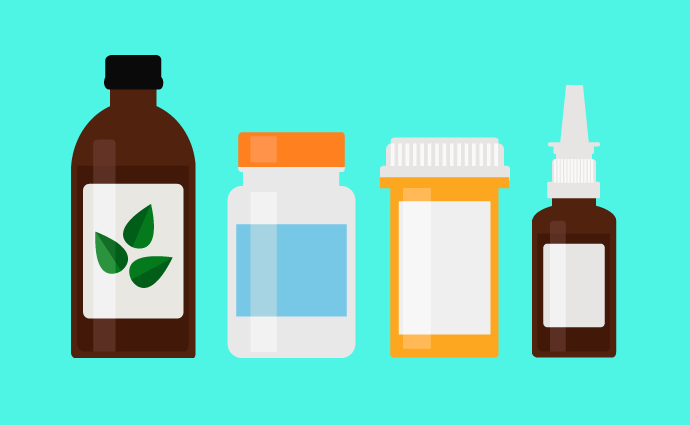High Healthcare Spending Shifts to Uninsured, Prescription Drugs
A small portion of the US population drives the most healthcare spending, but the concentration of that spending has shifted over the last 18 years, a study finds.

Source: Getty Images
- In nearly two decades, the overall concentration of healthcare spending has remained steady, but there has been an increase in the concentration of prescription drug spending, according to a study in JAMA Network Open.
To find the concentration curves of cumulative percentage of healthcare spending versus percentage of ranked population, researchers analyzed data sets from the Medical Expenditure Panel Survey (MEPS). MEPS estimates healthcare spending by validating household-reported expenditure data with data from health systems.
Researchers studied healthcare spending differences in population subgroups by dividing populations up by health insurance status, income, and diagnostic group.
Based on data from between 2001 and 2018, the concentration of healthcare spending across the high, medium, and low spenders bracket remained stable. The high spender’s bracket, which accounts for the top 50 percent of total expenditures, varied between 4.2 and 4.8 percent of the population. High spending was more concentrated among those who had private insurance compared to individuals who had Medicare.
However, there were several exceptions to the concentration stability. During the 18 years that the study focused on, cost became more concentrated among uninsured individuals.
“The Patient Protection and Affordable Care Act has been associated with more individuals with health issues getting insured, and the uninsured have become younger and healthier, which, in turn, leads to more concentrated costs,” the study explained.
Another exception is that the costs for home healthcare services and equipment have become less concentrated due to the growing strategy of home intervention to reduce hospital visits.
The last exception, and perhaps the most apparent, is the increase in concentration of prescription drug spending. In 2001, six percent of the population accounted for around 50 percent of all prescription drug expenditures. In 2018, the number decreased to 2.3 percent.
Prescription drug expenditure includes all spending on prescribed medicines by the respondent, the study clarified.
The increased prescription drug spending concentration was associated with an increase in the average cost in the high spender’s bracket. From 2001 to 2018, the average healthcare spending for high spenders increased by more than $25,000.
The increase in concentration of prescription drug expenditures coincides with a lot of primary care drugs losing their patents, leading to the genericization of drugs such as statins, selective serotonin reuptake inhibitors, and angiotensin receptor blockers.
The biopharmaceutical industry also shifted its focus to high-cost specialty drugs that were targeted at smaller populations, which contributed to a smaller percentage of the population accounting for half of all prescription drug spending.
Drug spending as a proportion of total healthcare spending is not particularly high in the United States, the study indicated, but the increased concentration of drug spending may lead to negative financial impacts for businesses and patients.
In smaller risk pools like self-insured employers and small health plans, populations with only a few individuals requiring a certain service can impact the risk pools’ finances.
“There are ways to mitigate this effect through stop-loss reinsurance, but even then, the impact on premiums of having a stop-loss claim is likely to be long-lasting,” researchers wrote. “In addition, employers that were previously large enough to avoid a stop-loss add-on may no longer be so.”
Patients may also face high cost-sharing for certain therapies and drugs, due to some pharmacy benefit plans being designed for evenly distributed spending.
“If the trend of increasing concentration of drug costs continues, it will become an additional driver of consolidation of the insurance market and will increase the costs of self-insurance for most except the biggest employers,” the study concluded.
